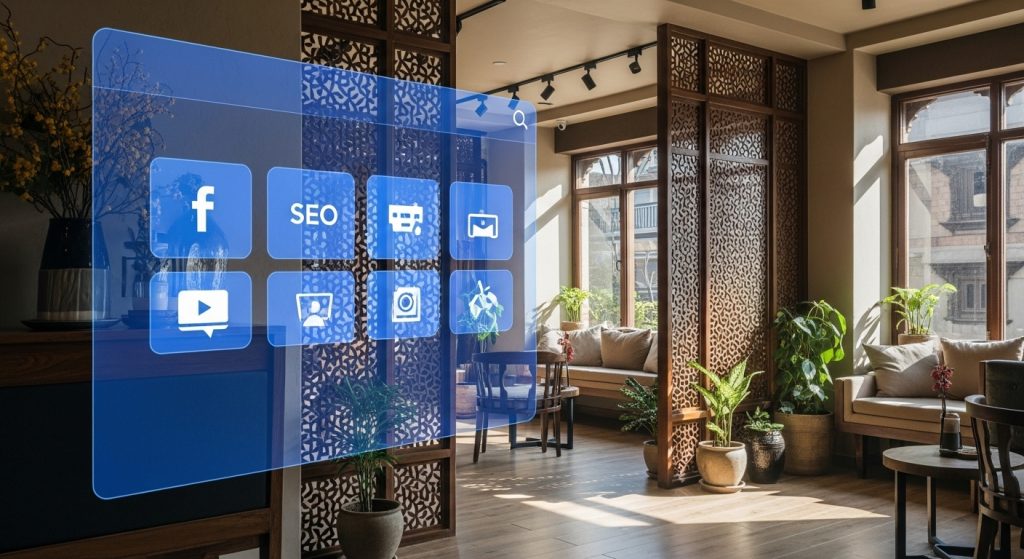A camera buying guide because visual content is a vital part of successful marketing campaigns. Whether it’s a sharp product image, an eye-catching promotional video, or behind-the-scenes footage, digital marketing agencies rely on high-quality visuals to create engaging content for their clients.
With so many camera options available, it can be difficult to know which one will suit your needs. This guide will help you make an informed decision, ensuring you choose a camera that can deliver results for your marketing campaigns and client projects.
Why Camera Quality is Important for Marketing: Camera Buying Guide
In digital marketing, high-quality visuals are essential for capturing the audience’s attention. Social media platforms favor content with high engagement, which often starts with professional, clear images and videos. Poor-quality visuals can harm your agency’s image, reduce interaction, and lead to missed opportunities.
Here are some reasons why camera quality matters:
- Social Media Content: Clear images and videos perform better on social platforms, increasing likes, shares, and comments.
- Advertisements: Sharp visuals stand out and help drive more conversions.
- Branding: Professional photos and videos reinforce the quality and trustworthiness of your brand.
- Client Pitches: High-quality visuals help make a strong impression when presenting work to clients.
Let’s explore the essential features, camera types, and accessories you should consider when making your choice.
Key Camera Features for Marketing
When selecting a camera, focus on the features that will support your specific goals. These are the main features to consider:
1. Megapixels
Megapixels refer to the resolution a camera captures. Higher megapixels allow for more detailed images, but don’t get too focused on this number. A camera with 20MP is usually more than enough for most marketing tasks, as other factors, like sensor size, have a bigger impact on overall image quality.
2. 4K Video Recording
Video is now the most popular type of online content. Cameras that support 4K video recording capture video at four times the resolution of standard HD, offering clearer, sharper footage. This is important for promotional videos, social media reels, and client presentations.
3. Dual Pixel Autofocus
This feature ensures quick and accurate focusing, which is especially useful when shooting moving subjects or during live events. It’s ideal for capturing sharp photos and smooth videos, even in action-packed scenes.
4. Continuous Shooting
Also known as burst mode, this feature allows you to capture a series of photos quickly. This is useful when photographing live events, product launches, or any fast-paced activities where you need multiple images taken in quick succession.
5. Portability and Battery Life
If you’re frequently working on-site, a portable camera is a must. You’ll want a camera that’s easy to carry but still delivers high performance, with a battery life that can support long shoots or extended work sessions.
6. Wi-Fi and Connectivity
Wi-Fi-enabled cameras let you transfer photos and videos directly to your phone or computer, making it easier to share content quickly. This is useful for social media managers who need to upload real-time content from events or shoots without delays.
Types of Cameras for Different Needs
Different camera types are better suited for different levels of expertise and project types. Here’s an overview of three popular options:
1. DSLR (Digital Single-Lens Reflex)
DSLRs are known for their high image quality and flexibility, thanks to their large sensors and interchangeable lenses. They are a great option for agencies that need professional-level photos and videos. However, DSLRs can be heavier and more expensive. Cameras like the Canon EOS 90D and Nikon D850 are excellent choices if you’re looking for this level of control.
2. Mirrorless Cameras
Mirrorless cameras offer many of the same benefits as DSLRs but in a lighter, more compact design. They are quieter and often faster when shooting. For agencies looking for a balance between size and performance, mirrorless models like the Sony Alpha A7 III or Fujifilm X-T4 are excellent options. These cameras also provide strong video capabilities and offer interchangeable lenses.
3. Point-and-Shoot Cameras
For agencies that don’t have frequent photography needs or are looking for a backup camera, point-and-shoot models are a good fit. They’re user-friendly and lightweight, although they don’t provide the same flexibility as a DSLR or mirrorless camera. The Canon PowerShot G7 X Mark III is a great example, especially for quick social media videos or vlogging.
Selecting the Right Lens
If you opt for a camera with interchangeable lenses, choosing the right one is key to capturing the images you need. Here are a few types of lenses to consider:
1. Wide-Angle Lens
A wide-angle lens allows you to capture more in each shot, making it perfect for landscapes, group photos, or interior photography.
2. Telephoto Lens
This type of lens is useful for taking pictures from a distance, which is ideal for events or crowded environments where you can’t be close to the subject.
3. Portrait Lens
Portrait lenses provide a shallow depth of field, which helps to make the subject stand out by creating a blurred background. This is great for close-up shots, product photography, or headshots.
Video Features to Look For
Given the growing importance of video content, it’s essential to consider the video features of a camera when making your decision.
1. 4K Resolution
To produce high-quality videos, choose a camera that supports 4K resolution. This is particularly important for platforms like YouTube and Instagram where clarity can make a big difference.
2. Frame Rate
The frame rate affects the smoothness of your video. Higher frame rates (like 60fps or more) are great for capturing smooth movement or slow-motion shots.
3. Stabilization
If you plan to shoot handheld video, image stabilization is essential to reduce the chance of shaky footage. Some cameras have stabilization built-in, while others rely on the lenses.
Essential Accessories for Your Camera
In addition to the camera itself, these accessories will help you maximize its potential:
- Tripod: Essential for stable shots, especially for long-exposure photography or when filming interviews.
- External Microphone: Improves audio quality for videos. The Rode VideoMic Pro is a solid choice.
- Lighting: Proper lighting can make all the difference. Consider using softboxes or a ring light for better lighting during your shoots.
- Extra Batteries & Memory Cards: Keep spare batteries and high-capacity memory cards on hand for longer shoots to avoid interruptions.
Final Thoughts
Choosing the right camera for your digital marketing agency is important because it impacts the quality of the content you create. By understanding the key features and choosing a camera that fits your needs, you can produce professional, attention-grabbing visuals that help boost your marketing campaigns and impress clients.
📚 For more insights, check out our comprehensive digital marketing guide.


